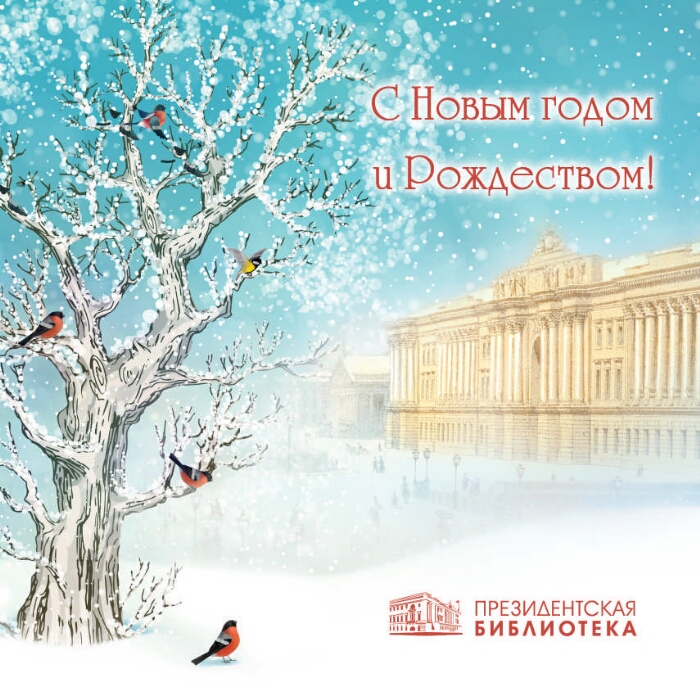New Year’s Day and Christmas in Russia

New Year’s Day and Christmas are being celebrated in Russia from olden times. New Year’s was first celebrated in March, then in the Moscow state in September. An actual combination of holidays happened under the reign of Peter the Great. A decree to reschedule the New Year’s Day on January 1 according to the Gregorian calendar and to organize in that day celebration events was issued in 1699. Christmas Day was then celebrated on December 25. Peter ordered to decorate the house with the spruce, pine or juniper trees or their branches. Fireworks were also allowed, and noblemen required shooting from small cannons or other firearms in their backyards. To celebrate was appointed for 7 days. Under Catherine II the ceremonial balls masquerades began. In fact, in the Russian Empire, the traditions of celebrating the New Year’s and Christmas were combined. Under Nicholas I, owing to his wife, Alexandra Feodorovna, a Prussian princess by birth, a holiday spruce was finally put into use as a Christmas tree, which was decorated in the German way and mounted on Christmas day. However, in 1914 it was prohibited because of the First World War. In the second half of the XIX century — the early XX century the image of the main character of the New Year — Ded Moroz (lit. Grandfather Frost) or Santa Claus, who was brining to children gifts — has gradually formed. In 1897 another custom came from Europe to Russia — a greeting card. After the establishment of Soviet power and switching to a new calendar, holidays are also changed. Until 1919, Christmas was still celebrated on December 25, later — on January 7. In 1929, both Christmas and New Year’s were canceled and became ordinary working days. Then, special crews were organized to watch and to identify the ones who install and decorate the holiday trees. But already in 1935 it was decided to organize the New Year’s “Yolka” (lit. Christmas tree) parties for children — the young builders of communism. Now the celebration already has extremely worldly character. In 1937, Santa found a companion — the Snow Maiden. Only in 1947 January 1 was declared as a day off. The Kremlin Christmas tree party was established in 1954. The tradition to address the nation was introduced by Leonid Brezhnev in 1976. Then other modern symbols of the New Year were formed — Olivier salad, tangerines, etc. Since the early 1990s the Christmas celebration is being gradually restored. Today the New Year remains one of the main holidays in Russia. Since 2013, the ideas of Peter I of the holiday week on January 1—8 have been a reinstated.
The collection of the Presidential Library presents the main legislative acts and studies related to the New Year’s and Christmas celebrations, their description in historical sources, award papers, letters of congratulations, historical and contemporary calendars, pre-revolutionary and Soviet greeting cards.
Materials for the collections courtesy of the Russian State Historical Archive, the Russian State Library, the State Public Historical Library, the State Archives of the Russian Federation, St. Petersburg State University, the Herzen State Pedagogical University of Russia, the Library of the Academy of Sciences, the Bryansk Regional Scientific Universal Library named after F. I. Tyutchev, the National Library of the Republic of Karelia, the Tobolsk State Historical and Architectural National Park and Museum, the Moscow Regional State Scientific Library named after N. K. Krupskaya, Center of Information Technologies and Systems of Executive Authorities, the Cultural Foundation of Julian Semenov, the Vladimir Oblast Scientific Library named after Gorky, the Vologda Regional Universal Scientific Library named after I. V. Babushkin, the Novosibirsk State Regional Scientific Library, the Chelyabinsk Regional Universal Scientific Library, the Tomsk Regional Universal Scientific Library named after A. S. Pushkin, the Irkutsk State Regional Universal Scientific Library named after I. I. Molchanov-Sibirsky, the Tyumen Regional Scientific Library named after D. I. Mendeleyev, the Scientific Library of the Russian Academy of Arts, the Children’s Museum of Greeting Card, the Samarovsky Chugas Natural Park and the private collections.


